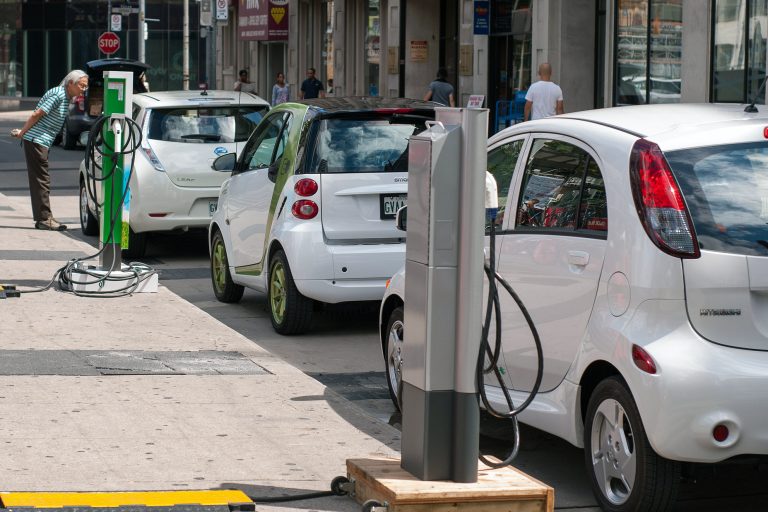Published on March 6, 2021

Originally written for LawnStarter.
You likely have seen more electric vehicles on the road, at stoplights, and charging in grocery store lots and parking garages.
But some U.S. cities have embraced the electric car faster than others. With huge differences in tax incentives, electricity costs, and charging infrastructure, the convenience of electric vehicle (EV) driving varies widely across the country.
So where should Americans plug in to the electric car craze?
LawnStarter looked under the hood of the 200 largest U.S. cities to bring you 2021’s Best Cities to Own an Electric Car.
We ranked the cities based on 11 key factors — from the number of state EV laws and incentives to average insurance premium to the number of charging stations per capita. You can find the results, takeaways, and some expert advice below.
Next time you buy a car, ask yourself which sound is more like music to your ears: the roaring whir of a gas-powered engine or the gentle whisper of an EV?
Ask The Experts
Although electric vehicles have been around since the early 19th century, they’re just starting to take hold with consumers. We turned to a panel of EV experts to drive the conversation forward. See how they answered the questions below about the future of electric cars below. Don MacKenzie is an Associate Professor of Civil & Environmental Engineering at the University of Washington.
One of the biggest concerns with electric cars today is their limited driving range. Will cross-country driving in an electric vehicle be possible in the near future? Why or why not?
Cross-country travel is already possible. Models like the Tesla Model 3 (350 miles) and Porsche Taycan (290 miles) offer ranges comparable to many gasoline cars.
About four years ago I asked students in my class to work out the minimum time needed for an electric Cannonball Run — an unsanctioned race from New York to LA. Even then, they worked out that it only takes about 45 hours.
What’s cool to see is that this theoretical “minimum” time has now been beaten in an actual run in a Taycan — likely made possible by the Taycan’s astounding 270 kW maximum charging rate.
For many consumers, price is a major hurdle. What lesser-known incentives, if any, are available to consumers to help offset costs? How much longer will those perks be around as electric cars proliferate?
The U.S. Department of Energy’s Alternative Fuels Data Center has a searchable database of incentives and laws related to all sorts of alternative fuels and vehicles, including EVs. You can enter a state, the technology you’re interested in, and the type of policy, and search. Many incentives are likely to go away in the future, but it is hard to say exactly when.
Continue reading at LawnStarter.
Originally written by Staff Writer for LawnStarter.